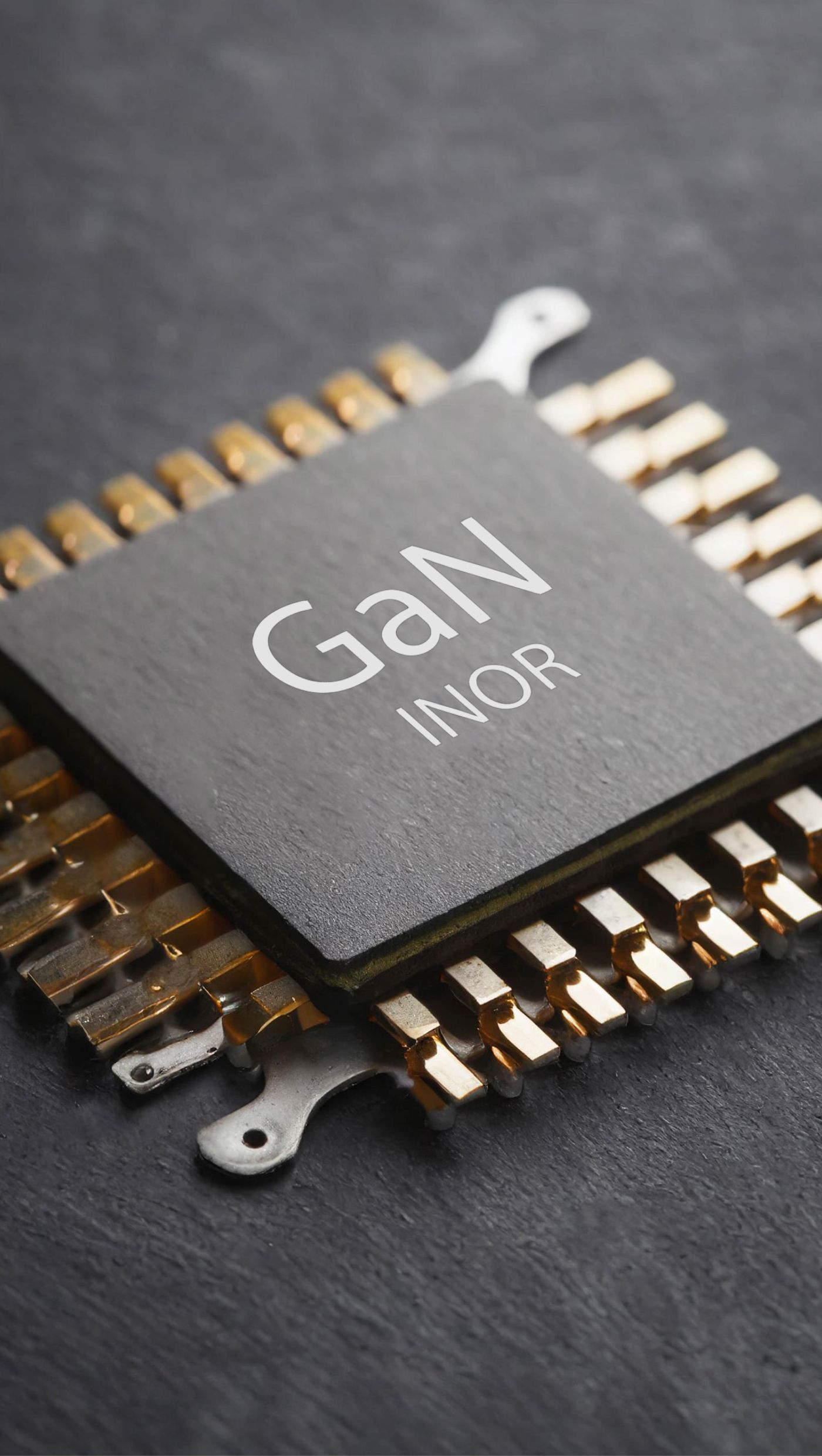Power Devices
Project Leader
Associate Professor Ts. Dr. Mohd Syamsul Nasyriq Samsol Baharin
Due to its wide energy band gap, solid thermal dissipation, and high critical electric field, substantial research has been aimed at developing III-nitride compound semiconductors for optoelectronic and electronic devices. Recent studies have shown that GaN-based devices are superior to gallium arsenide (GaAs)-based devices and GaN has a saturation electron velocity (vsat) greater than silicon (Si) and GaAs, with a dielectric field strength (Ec) of ten times greater than Si and 7.5 times greater than GaAs. It should be noted that a high level of reliability is essential for GaN power devices to be employed in critical electronic systems such as HEMTs, considering the failure mechanisms that arise when associated with high-voltage and high-temperature applications. A typical configuration of AlGaN/GaN HEMT consists of a heterojunction formation, as shown in Figure 1. On the top of the thin AlGaN barrier layer, the gate metal acts as a Schottky contact, driving the polarization charge density at the AlGaN/GaN interface. The electrons are then temporarily clustered near AlGaN due to the material’s higher band gap, which acts as a barrier, hence the name given. Consequently, impermeable two-dimensional electron gases (2DEGs) are formed directly in GaN, near the AlGaN edge. 2DEGs are influenced by several factors, which include substrate materials, growth technique, and the doping level of the carrier source layer. This uniqueness of 2DEG creation allows GaN-based power electronic device development with increased efficiency and power density while lowering costs.
Normally-off operation, also known as enhancement mode (E-mode), is highly desirable for modern HEMT. This enables a direct transistor control system without the need for a negative bias supply, which includes a gate drive arrangement and provides safe operating device conditions. Due to the nature of 2DEG, which permits a high concentration of electron accumulation, AlGaN/GaN HEMT are inherently normally-on or in depletion mode (D-mode). Despite not being supplied with any gate bias, the 2DEG remains present at the heterointerface of AlGaN/GaN. In cases of gate driver failure, when the gate bias drops to 0 V, a normally-off HEMT would shift to the off state, thereby preventing circuit burnout. This alleviates safety concerns rather than leaving it in always on condition. In order to achieve normally-off HEMT behaviour, a positive threshold voltage (Vth) is required. Albeit the normally-off HEMT being more prone to high leakage current, it can attain a high breakdown voltage (VBR) of over 1100 V, which is a significant improvement considering that most of the reported values are often yet to achieve the theoretical limit.
Team Members
-
Associate Professor Dr. Lim Way Foong
Universiti Sains Malaysia
-
Associate Professor. Dr. Ahmad Shuhaimi Abu Bakar
Universiti Malaya
-
Dr. Mohamed Fauzi Packeer Mohamed
School of Electrical and Electronic Engineering, Universiti Sains Malaysia
-
Dr. Mohd Hafifi Hafiz Ishak
School of Aeroscape Engineering, Universiti Sains Malaysia
-
Mr. Mohd Anas Ahmad
Universiti Sains Malaysia
-
Mrs. Rahil Izzati Mohd Asri
Universiti Sains Malaysia
Collaborators
-
Professor Dr. Hiroshi Kawarada
Waseda University, Japan
Power Diamond Systems, Inc.
-
Professor Dr. Boon S. Ooi,
KAUST, Saudi Arabia
